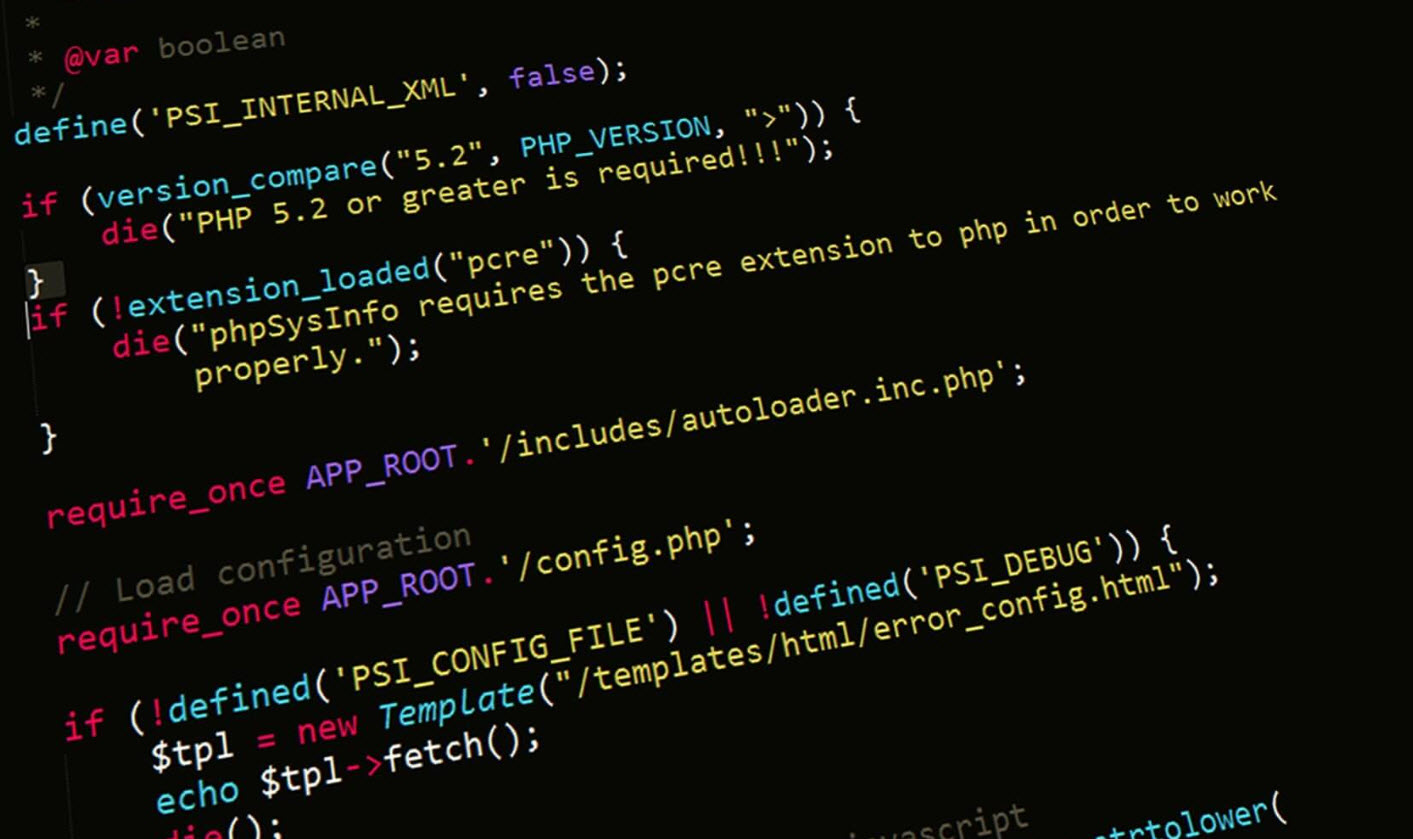
Reverse engineering is the process of recovering design, product functions, and specifications of requirements from code analysis. When a database of any project is built, information is generated from it. By helping with maintenance and generating the legal system documents, reverse engineering improves the understandability of the system.
It can also be defined as the practice of evaluating a software system in order to extract design and implementation information. It focuses on a program’s machine code – the series of 0s and 1s that are sent to the logic processor. The machine code is then turned back into the original source code by program language statements.
When a software module carrying multiple rules and regulations of a business in code is lost, and the only thing remaining is binary or native codes, software reverse engineering comes into the picture. It also helps in identifying and resolving viruses and malwares, protecting your systems from malevolent attacks. Skilled software engineers are in demand for maintaining, enhancing, and reusing software components.
In manufacturing engineering, you’ll be in charge of evaluating the company’s manufacturing process, identifying issues, proposing solutions, and putting them into action. Some of the tasks include:To identify potential improvements in the assembly or manufacturing technology.
If you wish to gain a detailed and deep understanding of reverse engineering in software engineering, enroll in one of the best software development courses. By participating in multiple lab sessions and working on real-time software development projects, you gain hands-on experiential learning.
The main objectives of reverse engineering are:
- Coping with complexity.
- Figuring out the side effects.
- Recovering the lost information.
- Higher abstraction synthesis.
How does it work?
The process of reverse engineering depends on the object on which it is being performed. Whatever the context may be, there are three general steps and they are as follows:
- Information extraction
Before you reverse engineer an object, you first study it. You need to collect information about its design. This helps you in discovering how the pieces fit together and how the object works. In the case of software reverse engineering, you first have to gather source code and related documents, and then study them. You may also have to make use of tools, such as a disassembler, to break down the program into its basic parts.
- Modeling
The gathered information is then abstracted into a conceptual model. In this step, you take information specific to the original model and abstract it into a general model. This model helps you design new systems or objects. In software reverse engineering, instead of a model, a data flow diagram or a structure chart is used.
- Review
In the final step, you have to review and test the model in multiple scenarios to make sure it is a realistic abstraction of the original form. In software engineering, you review your system by software testing. Software testing is a technique to examine the functionality of a software program.
Image source: researchgate.net
Common Uses
- Reverse engineering helps in designing and creating new and cheaper products.
- It allows you to create more powerful codes and also, link different databases or systems.
- It helps you reveal the uncoordinated characteristics of a commercial product.
- The most important step in creating or developing a new system is to identify and understand its working. Using reverse engineering, you can duplicate an existing component on the basis of its characteristics, physical dimensions, and properties.
- IoT devices are specifically very responsive to reverse engineering due to the ease of retrieving firmware. The firmware updates are available online for some devices.
To learn more about the common uses of reverse engineering, you can sign up for the IIT Madras certificate course.
Popular reverse engineering tools
- Rigi: This tool helps you in understanding software visually. It uses the white box method and is mainly aimed at program comprehension. It reduces costs, shortens time-to (the local) market, and provides translations of high quality.
- GEN++: This is an application generator that supports the development of analytic tools for the C++ language. To create a tool using Gen++, you have to write an analysis specification in a domain-specific language.
- PBS: The Portable Book Shelf (PBS) has a set of tools that extract and visualize the architecture of programs. These tools have the ability to extract the architecture for systems written in Java, C, C++, and PL/IX.
- Bunch: It is a software modularization/clustering tool. It can cluster source-level modules and dependencies into subsystems. It does so by assuming that the modules and dependencies are mapped to a Module Dependency Graph (MDG). The MDG is constructed automatically using source code analysis tools, such as Acacia for C and C++.
Reverse engineering has proved to be very useful in the IT sector. It is an ethical and legal way to deal with compatibility problems, security evaluations, recreate legacy parts, and improve the quality of a product and system.
FAQs
Q1: Is reverse engineering illegal?
Ans: Reverse engineering is a legal and ethical way to learn about a product. However, in some cases, its legality can be questioned. There are several laws regarding reverse engineering, such as patent law, copyright and fair use law, trade secret law, and Electronic Communications Privacy Act.
Q2: What is the main limitation of reverse engineering?
Ans: You cannot reverse engineer an object that has been patented. If you do not have permission from the patent owner, you cannot recreate it.
Q3: Is reverse engineering difficult?
Ans: The difficulty level depends on what product, object, or software you are reverse engineering. The common thing in successfully reverse engineering anything is specific domain knowledge.
Also read: Luzenta – Free Invoice Generator Tool









